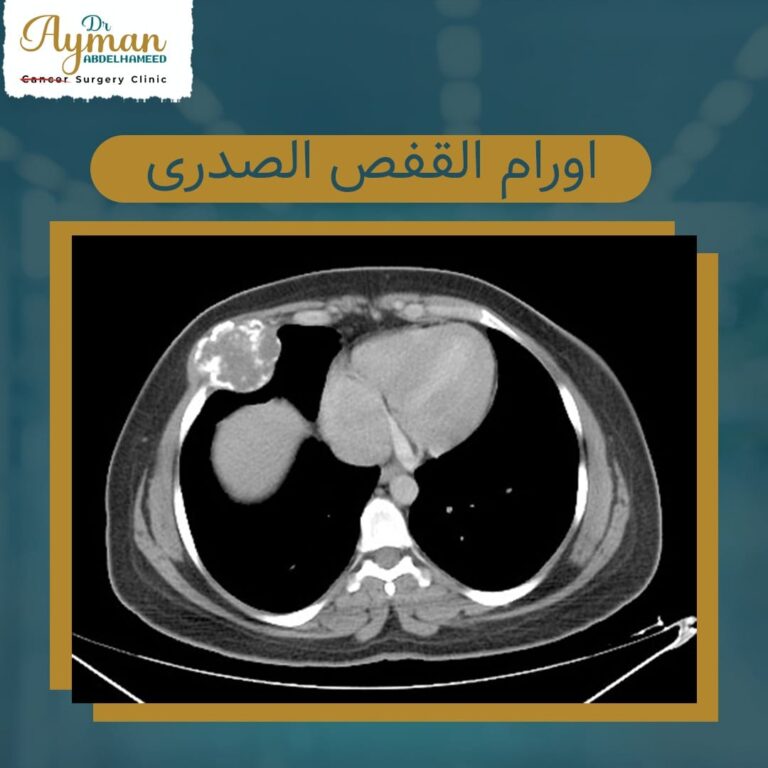Renal cell carcinoma in the era of minimally invasive surgery
Thank you for reading this post, don't forget to subscribe!Kidney tumors are divided intobenign and malignant tumors, renal cell carcinoma (RCC) is the most common type of cancer arising from the kidney , the most common type of kidney cancer in children. is wilms tumor.
With the increase in medical awareness and the widespread use of imaging, , the diagnosis of kidney tumors has increased over previous decades.
Kidney cancer reveals itself in not early stages and its signs include :
- Bleeding during urination
- Back pain
- Decrease in a. appetite
- unintentional weight loss.
- Fatigue.
- Fever for more than two weeks with no apparent cause.
Tumor cells grow uncontrollably and accumulate to form a tumor. Over time, cancer cells can grow to extend into normal tissues beyond the kidney.
Kidney cancer risk factors include the following
- Old age.
- Overweight and obesity
- Hypertension.
- Smoking
- Chronic renal disease
- Genetic diseases such as von Hippel -Lindau syndrome or Birt-Hogg-Dube syndrome .
To reduce the risk of RCC, do the following:
- Maintain a healthy weight
- lifestyle modification.
- Blood pressure control.
- Stop smoking.
to confirm the diagnosis
- Urine analysis.
- Pelviabdominal US.
- CT or MRI which determine the size of the tumor and whether there is an enlargement of the lymph nodes or not.
- In most cases, a kidney sample is not taken, but there are some cases in which biopsy is the safe decision..
disease stageranges from I to IV , is confirmed , and then the treatment plan begins.
The role of surgery in the treatment of kidney tumors is a pivotal role, as the main goal is to get rid of the tumor by eradicating it, and the other goal, which is no less important, is to preserve the largest possible part of the kidneys to maintain its function to reduce the patient’s need for dialysis, and this is called (partial nephrectomy).
However, if the tumor is occupying of the whole kidney, the matter of removing it completely is the wise decision, but sometimes it requires excision of organs or tissues adjacent to the kidney e.g. the adrenal gland.
Resection of lymph nodes is an important part of kidney cancer surgery to be a radical surgery , which helps the oncology team to accurately determine the stage of the tumor, which affects its complementary treatment plan afterwards.
Here comes the role of minimally invasive surgical intervention using advanced laparoscopy in resecting the kidneys without the traditional surgical incision, but through a small holes in the abdominal wall.
It has several advantages, including: The amount of blood loss during surgery is less and there is less pain , In addition, the chances of surgical complications are less and less need for analgesics after surgery , thus helping patients in faster recovery.
The patient does not need a long stay in the hospital, so he can be discharged from the hospital a few days after the surgery.
The role of periodic follow-up comes with clinical examination and imaging every 3 to 6 months for the first two years and then every 6 to 12 months after that, based on international scientific guidelines to complement the treatment plan .
Renal cell carcinoma in the era of minimally invasive surgery
Kidney tumors are divided intobenign and malignant tumors, renal cell carcinoma (RCC) is the most common type of cancer arising from the kidney , the most common type of kidney cancer in children. is wilms tumor.
With the increase in medical awareness and the widespread use of imaging, , the diagnosis of kidney tumors has increased over previous decades.
Kidney cancer reveals itself in not early stages and its signs include :
- Bleeding during urination
- Back pain
- Decrease in a. appetite
- unintentional weight loss.
- Fatigue.
- Fever for more than two weeks with no apparent cause.
Tumor cells grow uncontrollably and accumulate to form a tumor. Over time, cancer cells can grow to extend into normal tissues beyond the kidney.
Kidney cancer risk factors include the following
- Old age.
- Overweight and obesity
- Hypertension.
- Smoking
- Chronic renal disease
- Genetic diseases such as von Hippel -Lindau syndrome or Birt-Hogg-Dube syndrome .
To reduce the risk of RCC, do the following:
- Maintain a healthy weight
- lifestyle modification.
- Blood pressure control.
- Stop smoking.
to confirm the diagnosis
- Urine analysis.
- Pelviabdominal US.
- CT or MRI which determine the size of the tumor and whether there is an enlargement of the lymph nodes or not.
- In most cases, a kidney sample is not taken, but there are some cases in which biopsy is the safe decision..
disease stageranges from I to IV , is confirmed , and then the treatment plan begins.
The role of surgery in the treatment of kidney tumors is a pivotal role, as the main goal is to get rid of the tumor by eradicating it, and the other goal, which is no less important, is to preserve the largest possible part of the kidneys to maintain its function to reduce the patient’s need for dialysis, and this is called (partial nephrectomy).
However, if the tumor is occupying of the whole kidney, the matter of removing it completely is the wise decision, but sometimes it requires excision of organs or tissues adjacent to the kidney e.g. the adrenal gland.
Resection of lymph nodes is an important part of kidney cancer surgery to be a radical surgery , which helps the oncology team to accurately determine the stage of the tumor, which affects its complementary treatment plan afterwards.
Here comes the role of minimally invasive surgical intervention using advanced laparoscopy in resecting the kidneys without the traditional surgical incision, but through a small holes in the abdominal wall.
It has several advantages, including: The amount of blood loss during surgery is less and there is less pain , In addition, the chances of surgical complications are less and less need for analgesics after surgery , thus helping patients in faster recovery.
The patient does not need a long stay in the hospital, so he can be discharged from the hospital a few days after the surgery.
The role of periodic follow-up comes with clinical examination and imaging every 3 to 6 months for the first two years and then every 6 to 12 months after that, based on international scientific guidelines to complement the treatment plan .




